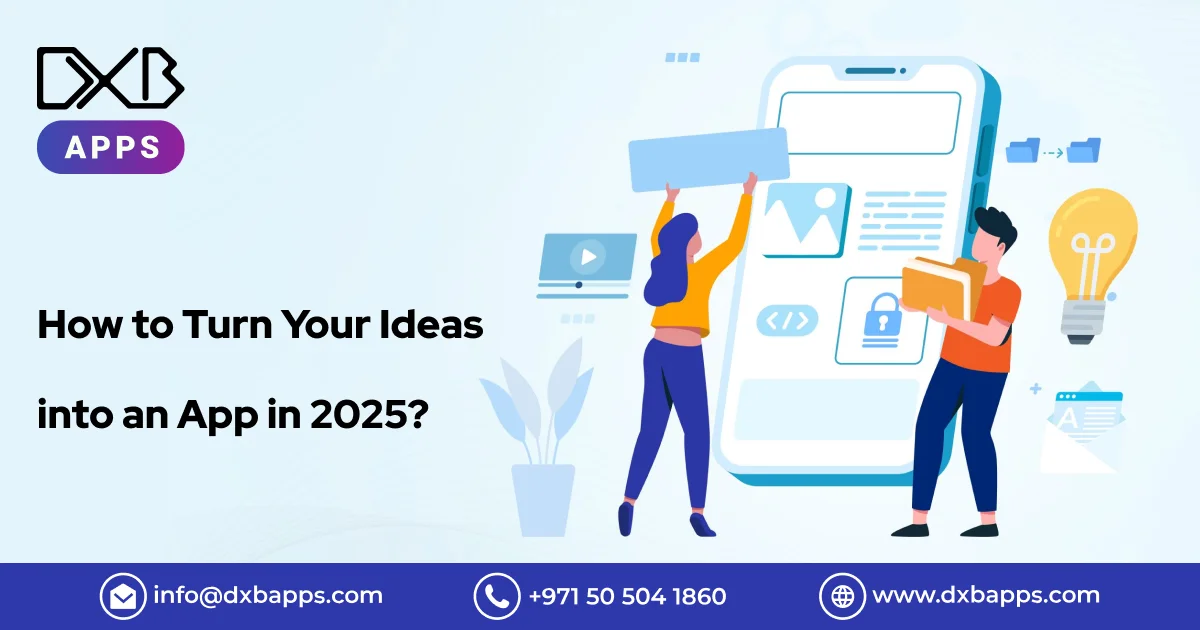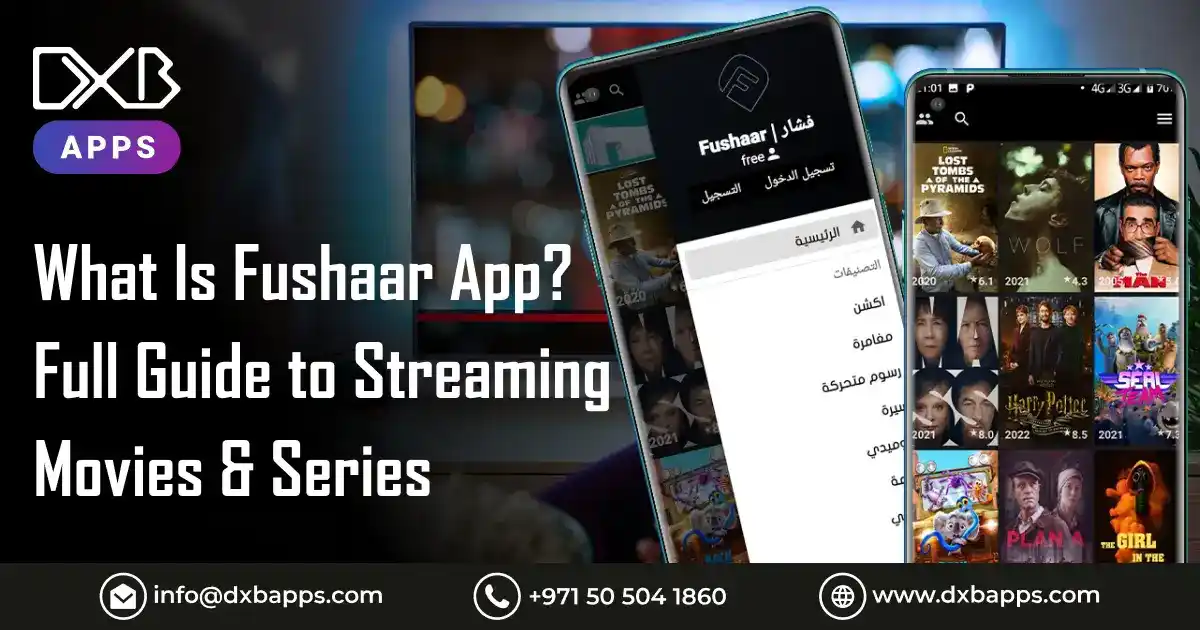The application development sector has undergone a gradual expansion, ebbing into the tenth annual, and changes in businesses' advertising schemes have arisen from this. Mobile applications have become, if not the biggest, a fundamental aspect of everyone's daily experience, from improved user experience to streamlining everyday tasks. You are not alone if you have a brilliant idea for developing it into mobile applications come 2025 because App Development Dubai is much easier now. Many businesses, entrepreneurs, and individuals are looking into it to build their dream apps.
Developing an application seems quite an overwhelming task. Once broken down, however, into easy steps, one realises that their app dream can come to life; and it is one of the most gratifying and satisfying experiences you can ever hope to have. Nowadays, there is never a better time to jumpstart your app developing journey, whether you want to solve a problem, perfect a service, or build a platform of entertainment.
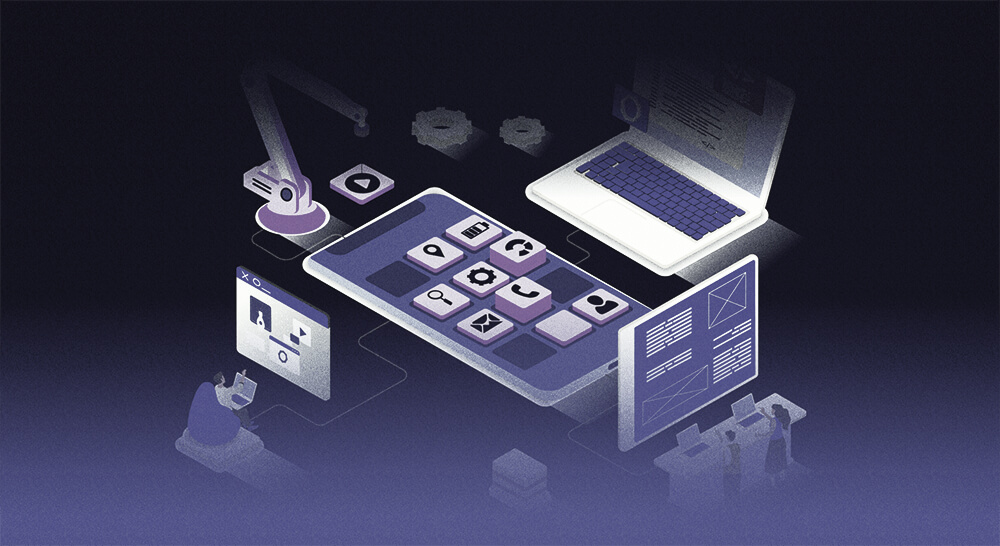
The blog will discuss all the important stages a mobile app development company goes through to realise its app idea. The coverage will include all one should know about App Development Dubai in 2025, including tips, tools, case studies, and industry insights from conception into launch.
Step 1: Define Your App Idea and Its Purpose
With all those preconditions, one first needs to simplify the app idea. There must be a clear notion of what purpose the application is created. What is the app going to do, just by way of example? Who are your users, and what problems will it solve? What differentiates it from competitors?
The most important thing is to know every application's value proposition and define its core purpose in the overall design and App Development Dubai process. This phase should also cover the following:
Feature Set:
What are the core features your app needs to include? Is it an e-commerce platform, a health tracker, a game, or a social network? The feature set will guide the architecture and technical decisions during development.
Revenue Model:
The app will generate revenue through ads, in-app purchases, subscriptions, or a single payment. This determines how you will monetise your app and influences user engagement.
User Experience (UX):
How will users interact with your app? What will their journey look like? A well-thought-out user experience is important for retaining users and thus achieving success with the app.
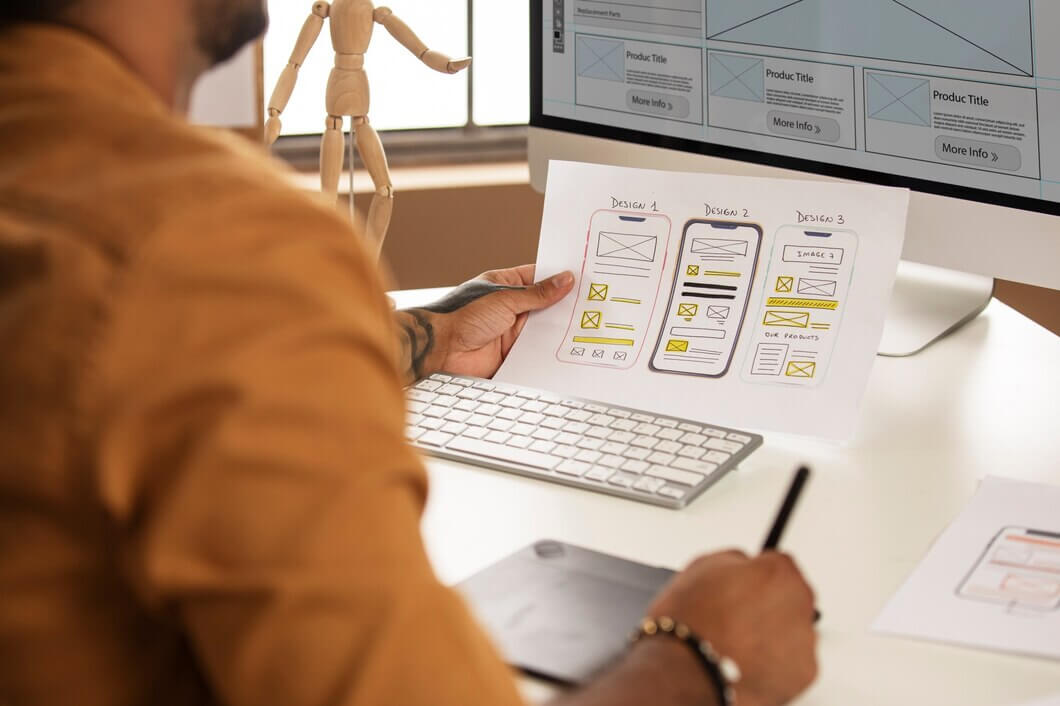
Step 2: Market Research
Before moving on to the puppet strings of your app, you should be doing an analysis of possible markets in advance. After all, in that research lies understanding the landscape of your industry, as well as your business rivals. Here are the hallmarks of the research:
Competitive Analysis:
Which applications provide the solutions to similar problems today? Their strengths and weaknesses? Recognise competitors, and you can find the unoccupied areas in the market where the application can bring value.
Target Audience:
Popular users would be most likely to download it. What are their behaviours, likes, and dislikes? Through market research, they can give an idea of the app to be developed.
User Feedback:
If possible, try engaging with your target audience initially to get feedback. Social media, surveys, or interviews may give an even clearer picture of what items the customers want or expect.
Current Trends:
Learning the trends in mobile applications would be an important way to future-proof the app. Everything from augmented reality (AR) and artificial intelligence (AI) to blockchain technology will change in the future. Keep an eye on all these developments to help keep your app relevant.
"Understanding the market landscape before development helps you understand your place in the ecosystem and makes sure your app really serves a need,"
Step 3: Choose Your Development Method
With your bright picture in mind for your app, you are now ready to think about how you want it developed. Each method has advantages and disadvantages.
Native app development:
After all, the native route is the best for a performance-oriented, speedy, and device-specific feature-accessing application. Native apps are created using the specific programming languages related to each platform (e.g., Swift for iOS, Kotlin for Android). Performance is fantastic; however, mobile app development Dubai costs a lot of time and money since it requires the maintenance of separate apps for iOS and Android app development Dubai.
Cross-platform App Development:
If development time and money are your concerns, use a cross-platform building framework such as React Native, Flutter, or Xamarin to deploy a single codebase across multiple platforms. While this significantly reduces the costs, it is close to a native user experience.
Hybrid App Development:
Hybrid applications utilise web technologies like HTML, CSS, and JavaScript and are packaged within a native shell. The time taken to develop Hybrid applications is usually less than that of native apps, but they may not perform as well or be as responsive.
Selecting a method of mobile app development Abu Dhabi should depend on a number of conditions: the complexity of your app, your budget, and time deadlines, among others. For example, cross platform app development is fast gaining popularity among startups and companies wishing to target different platforms with a single codebase utilisation.
Step 4: Create A User Interface and User Experience (UI/UX).
Design is not only for looks-it affects usability, and even the success of your application may hinge on it. The UI/UX design phase is key for building an app that is intuitively easy and attractive to use.
Key design features include the following:
Simplicity:
Avoid cluttered designs. Focus on a seamless user journey using intuitive navigation. A clean, simple design ensures a positive user experience.
Consistency:
The app itself should be in constant auditory-visual harmony. Typography, colour schemes, and iconography that remain loyal to the app's values constitute a professional feel, inseparable and consistent with the entire project.
Responsivity:
Your app should scale aesthetics without much hassle on any device-whether tablet, smartphone, or wearables.
Branding:
This is how the design of your app matches the identity of your brand. The colours, fonts, and logos should all be in tune with the tone and message of your brand.
When the app is built brilliantly, it will keep users occupied and increase retention rates resulting in greater success.
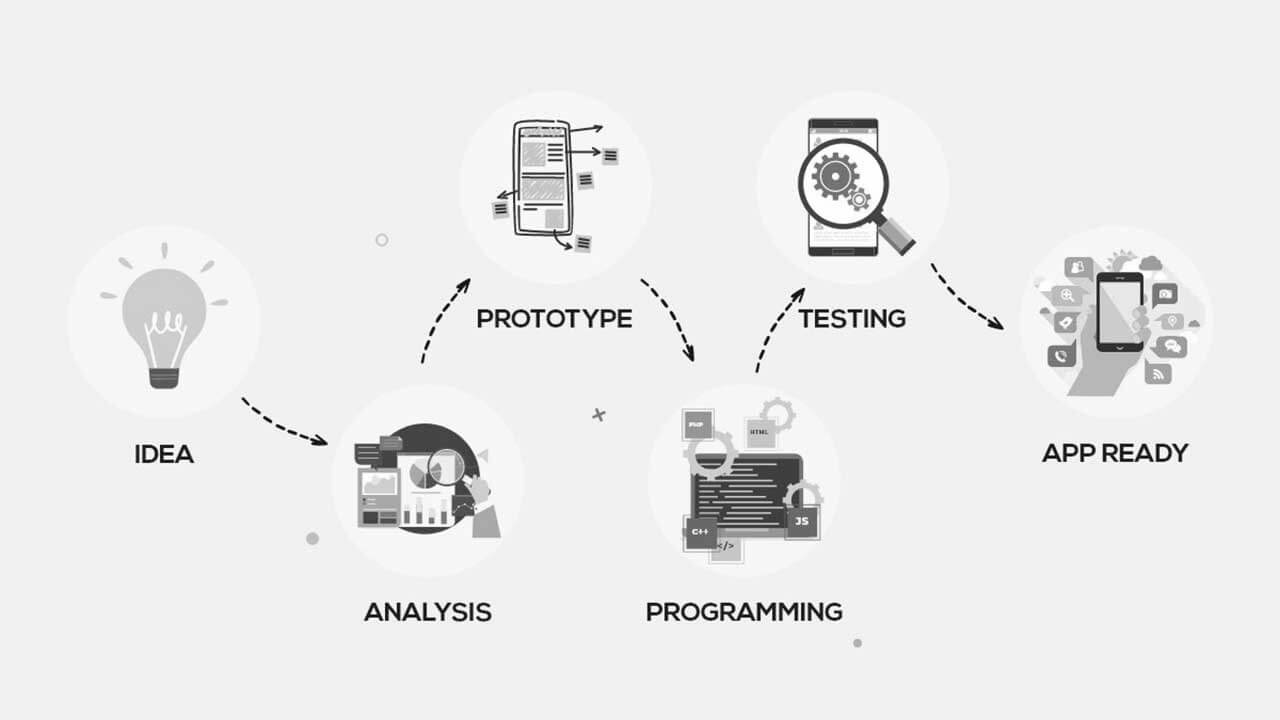
Step 5: Building and Testing Your App
Now that you have finalised the designs, it is time to develop the app. Ensure that your mobile app developers understand best practices in the quality, scalability, and security of the code when working with them. During this stage of development, the process will be broken down into several segments:
Backend Development:
This includes server-side infrastructure and database structures. The app's back end will store and process data and interact with various external services.
Front-end Development:
The client-facing side of the application is where end-users will interact with the interface. It is where the design comes to life and includes the coding of layouts, buttons, and user flows.
API Integration:
Most applications must interact with other third-party services, such as payment gateways, weather APIs, and social media. APIs (Application Programming Interfaces) are the bridges connecting those services.
Security:
Data protection is the highest priority. To protect user information from breaches, ensure that your applications follow the latest security protocols, such as encryption and secure APIs.
Testing is done at every stage of development so that there are far fewer bugs and issues at launch. Subjects for testing include functional testing, stress testing, usability testing, and security testing.
Statistics and Facts: In Mobile App Market Insights
The mobile app market is increasing rapidly; in fact, more than $407 billion in revenue will be brought in 2026. This huge increase in the almost global use of smartphones and the increasingly frequent uses of these mobile applications in all kinds of areas-from e-commerce to entertainment, healthcare, and finance-is partly said to bring the most noteworthy mention among such facts in the App Development Dubai landscape:
These statistics show that developing an app is not merely trendsetting but a strategic initiative that promises great financial or user engagement dividends.
Step 6: Launch Your App
After development and testing, it is almost ready to have your app launched. But then again, launching an app does much more than just submitting it to the App Store or Google Play Store. This calls for a marketing plan to ensure that potential consumers get to hear about the app. These are the important parts to consider:
Create a Pre-Launch Buzz:
Causes basically understand that anticipation must be built via social media, email newsletters, and influencer marketing. Those interested should get excited to get your app before it goes live.
Optimise Your Store Listing:
App store optimisation (ASO) is essential in promoting organic downloads through appropriate titles, descriptions, keywords, and visuals that match the search engines.
Launch with a Bang:
With all the preparations, you need to ensure that when an app is ready, the launch is loud. Get great publicity with media outlets, influencers, or bloggers to spread the word. Hosting an online event or showing an exclusive preview can also create excitement.
Step 7: Post-Launch Support And Updates
The launch is only the beginning. After the app goes live, one needs to monitor user feedback, fix bugs, and maintain performance.
Continuously updating and improving the application with the mandatory presence of:
- New features as defined by user feedback
- Security improvements and bug fixes
- Compatibility with new devices and operating systems
"Post-launch support is as important as the actual launch." Updates will keep your app fresh and relevant, making it endure and further successful,"
DXB APPS Is Your Credible App Development Partner
DXB APPS offers the highest-quality Mobile App Development in Abu Dhabi for advanced businesses. As a top Mobile App Development Dubai Company, we focus on working with our clients to comprehend their requirements and devise customised solutions.
Conclusion
With the app development professionals in Dubai, create both Android and iOS applications for business growth. Realise the application's idea, whether located in Dubai, Abu Dhabi, or Saudi Arabia.
Our novel approach is that your app will not only fulfil technical specifications but also reach out to your target customer base.
FAQs:
1. What price will it cost to develop an application in 2025?
Software costs depend on the variants. Normal software would be between $10,000 and $500,000.
2. How long does it take to build a mobile app?
This period is usually between three and twelve months for the design and development of the application, depending upon its complexity as required by the client.
3. Can you create an application without coding skills?
You can produce an application without knowing extensive computer programming through the no-code and low-code platforms. For more complicated applications, however, hiring experienced developers is usually a necessity.

